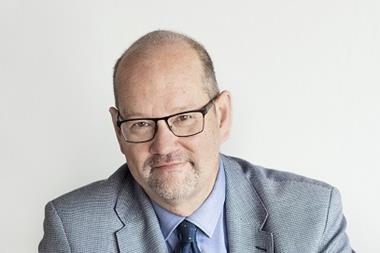DENMARK - Almost 50% of Danish workers intend to take early retirement before the age of 65, while just over a quarter plan to continue working past the normal retirement age, according to Forsikring & Pension, the Danish Insurance Association (DIA).
Research by the DIA revealed 47% of those questioned plan to retire before the age of 65, with the majority intending to take a pension between the ages of 62 and 65, or between 60 and 62, although a small number of respondents plan to retire before they reach 60.
In contrast, just 27% plan to work past the age of 65, and one in four workers said they are not sure when they will be able to stop employment and take a pension.
Anne Seiersen, associate director at the DIA, suggested people “will be surprised how much bigger their pensions might be if they are a year or two longer in the labour market,” as these extra years of contributions could mean thousands of extra Kroner each month.
But the DIA also warned even if workers retire early, increasing life expectancy could have an impact on their choice of pension income as the life expectancy of a Danish 60-year old increased by around two years between 1991 and 2007. A man born in 1978 can expect to live until 85, while a woman born the same year could live to 87.
Workers can choose to take their retirement income as a ‘ratepension’, or annuity - where the savings are split into equal portions, for example 10, to paid out each year, while a ‘livrentepension’, or life annuity pension, is more of an insurance contract where the worker receives a guaranteed income each year from retirement until they die, no matter how old they are.
The other key difference is if a worker dies before all the money is paid out from a ratepension it can be passed on to dependents, though with a livrentepension the money is lost once the beneficiary dies.
Seiersen said: “Increasing life expectancy means that the pension should be able to stretch further. A 10-year annuity will soon be used up and if, for example, a woman retires at 62 years old, they will be have to look forward to having to live on just social security pensions and ATP the last 15 years of their life.”












No comments yet